Scapa Flow is a sheltered body of water in the heart of the Orkney Islands archipelago. These calm waters have long been a focal point, from prehistory to the Vikings to the World Wars when a German fleet was scuttled here. It’s along the northern edge of Scapa Flow, just south of Kirkwall, where Scapa Distillery monitors these precious, calm waters. For the longest time Scapa Distillery didn’t accommodate visitors who wished to learn more about their whisky. This was the case when I visited Orkney in 2012, but since then they have added a visitors centre and opened their doors to the public. When I returned to Orkney last September, a visit to Scapa was among the foremost activities on my mind.
It’s difficult to discuss single malt Scotch whisky in the context of Orkney without mentioning Highland Park. Highland Park is a behemoth in the whisky industry and among my favorite whiskies in the world, but it’s a unique style that leaves room for other expressions stemming from Orkney’s particular terroir and history. Scapa, on the other hand, aims for a lighter, honeyed style if my recollection of Scapa 16 serves. On the rainy day when Sarah and I arrived to Scapa Distillery, it was the start of a lesson on the distillery’s present and future.
Scapa Distillery was founded in 1885 by Macfarlane & Townsend and produced whisky for 49 years before entering voluntary liquidation. The distillery closed but reopened under new ownership in the mid-30s, and in 1954 whisky company Hiram Walker acquired the site. It was around this time that a Lomond still, a versatile still design with reflux-controlling plates designed by Hiram Walker, was installed. Scapa underwent significant modernization in the 1970s but was mothballed in 1994. The distillery didn’t resume full operation until the mid-aughts, now under Chivas Brothers management, and the brand was relaunched in 2009 with the aforementioned Scapa 16.
Scapa Distillery’s visitors centre is small but tidy with a few bottles and branded merchandise for sale and a scattering of tall tables for tasting. There were just three of us on the tour with our Russian guide. Unfortunately, this was another distillery visit where photos and audio recordings were forbidden, a policy that shoots distilleries in the foot when its enforced on journalists. That said, I’ve done my best to recall the salient bits and provide a feel for Orkney’s second whisky distillery.
Scapa is a small distillery. They produce around one million liters of spirit each year on two stills, and the first thing we heard from our guide is that Scapa aims for a tropical fruit and honeyed character. This explains their long, 80-hour fermentation in eight washbacks. Longer fermentations tend to create estery, fruity wash, and while it wasn’t specified on the tour I’m guessing these fermentations are quite warm. Our guide mentioned that pineapple was a key flavor for Scapa, and this flavor stems from the creation of butyl butyrate during fermentation. All of Scapa’s whisky begins with Concerto barley, the industry’s dominant varietal.
The fermented wash is pumped into Scapa’s Lomond wash still. Now this is unique. I can’t recall another distillery in Scotland using a Lomond still in the production of single malt. Sure, Bruichladdich has Ugly Betty, but she’s used for their Botanist gin. The reflux plates in a Lomond still make it useful in the production of various spirits because it gives distillers fine control over the purity of the resultant spirit, but Scapa has removed the plates from their Lomond still and employ it as their stripping or wash still. The sub-10% ABV wash comes out of Scapa’s Lomond still in the 25-30% ABV range. This liquid, now referred to as “low wines,” moves into Scapa’s 13,000-liter spirit still for a second distillation. This is where a distiller’s artistry takes center stage as the heads and tails cuts are made around the heart, that perfect slice of the distillate that will spend years in oak casks before finding its way into a bottle. At Scapa, the average strength of this heart cut is a whopping 72% ABV.
We departed the sweltering still house for a brief sojourn into the spitting weather along the shore of Scapa Flow before entering one of Scapa’s warehouses. The vast majority of their whisky ages in American oak ex-Bourbon casks, but they had a few sherry butts hiding along the edge. Our guide dogged out rather large tastes of 58% ABV Scapa 12 from a duty-paid cask, which we enjoyed during our wander among the sleeping beauties. The dram had a lot of that fruit and honey sweetness, though its youth was still apparent.
In the visitors centre we sat down for a tasting of Scapa’s current line-up, plus their newmake. This unaged spirit was incredibly strong with loads of native fruit. It’s nice to see the products of fermentation carry through distillation. Scapa Skiren was the first of their official bottles that we tried. This no age statement (NAS) whisky is aged in first-fill ex-Bourbon casks and makes for a Bourbon-forward, easy-drinking dram. Lots of honey and cream here, plus a bit of lemon, apple, and pineapple. This was a little too sweet for my tastes, but if you’re a Bourbon drinker looking for a way into single malts this could be a winner.
Scapa’s other standard bottle is called Glansa, which means ‘shining storm-laden skies’ in Old Norse. Clearly Highland Park isn’t the only one capitalizing on the romance of Orkney’s Viking past. Glansa is also NAS and matured in American oak ex-Bourbon casks, but it’s finished in casks that previously aged a peaty single malt, a technique that imparts a slight peaty flavor without using peated malted barley. Toffee, vanilla, stone fruits, and pineapple blossom through the smoke, which strongly reminds me of Laphroaig. This wouldn’t be surprising since we know nearby Wolfburn ages some of their whisky in ex-Laphroaig quarter casks. I like Glansa a bit better than Skiren — it had more character, more complexity, and that’s where single malt excels.
I was sad to see Scapa 16 missing from their line-up. The new bottles, while showing promise, reveal their youth, and the brand is missing the refined style of the 16.
I’m eager to see where the future takes Scapa. There’s a lot of promise in those warehouses. The history and environment provide unparalleled potential for story and product, and I will continue to look north to see if Scapa will step out of its older brother’s shadow.
Some photos provided by Scapa distillery.

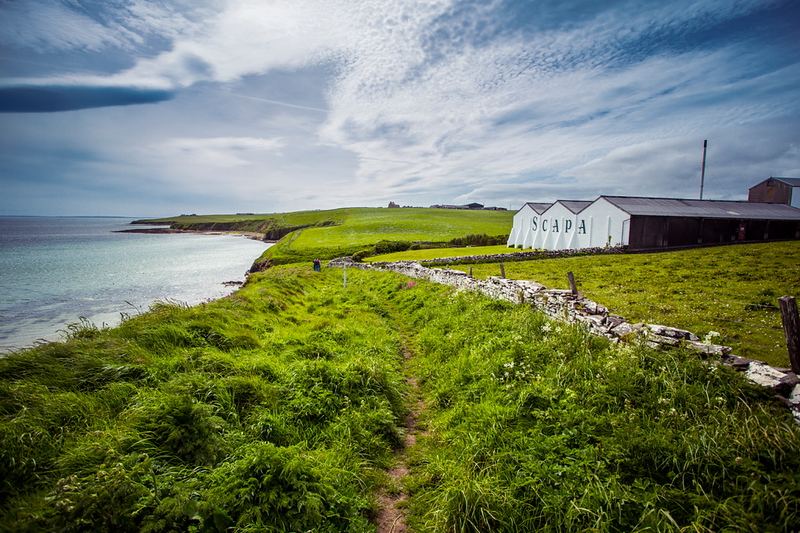
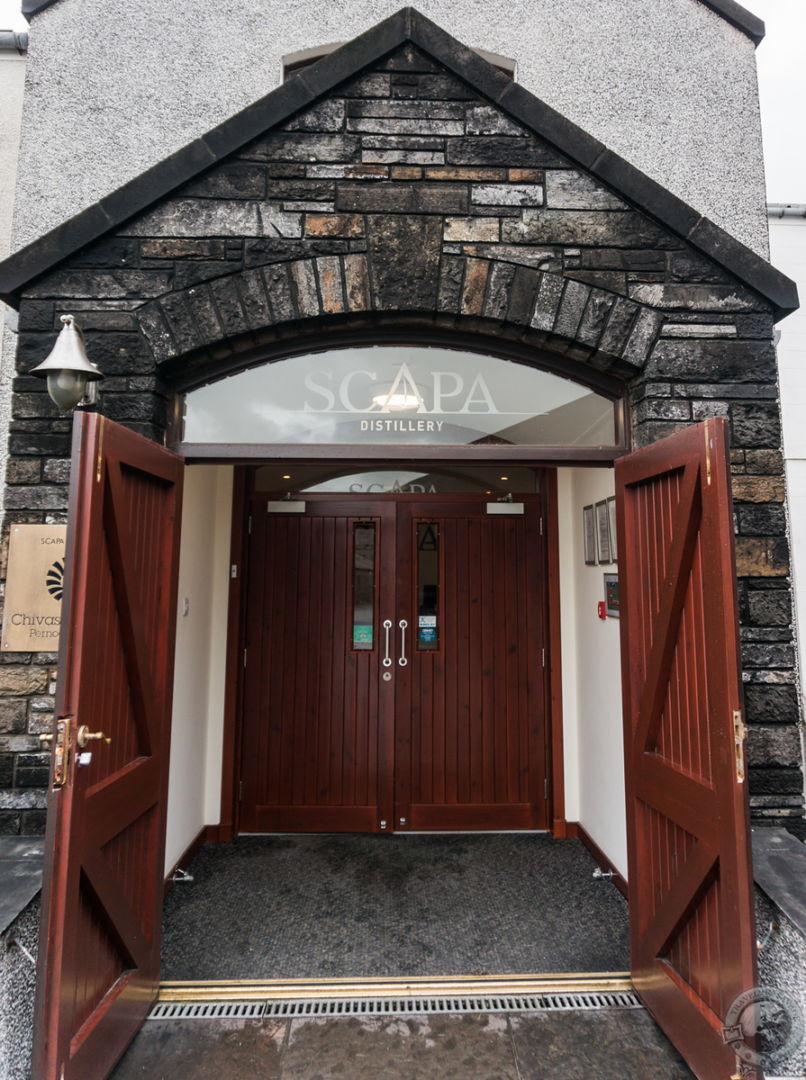
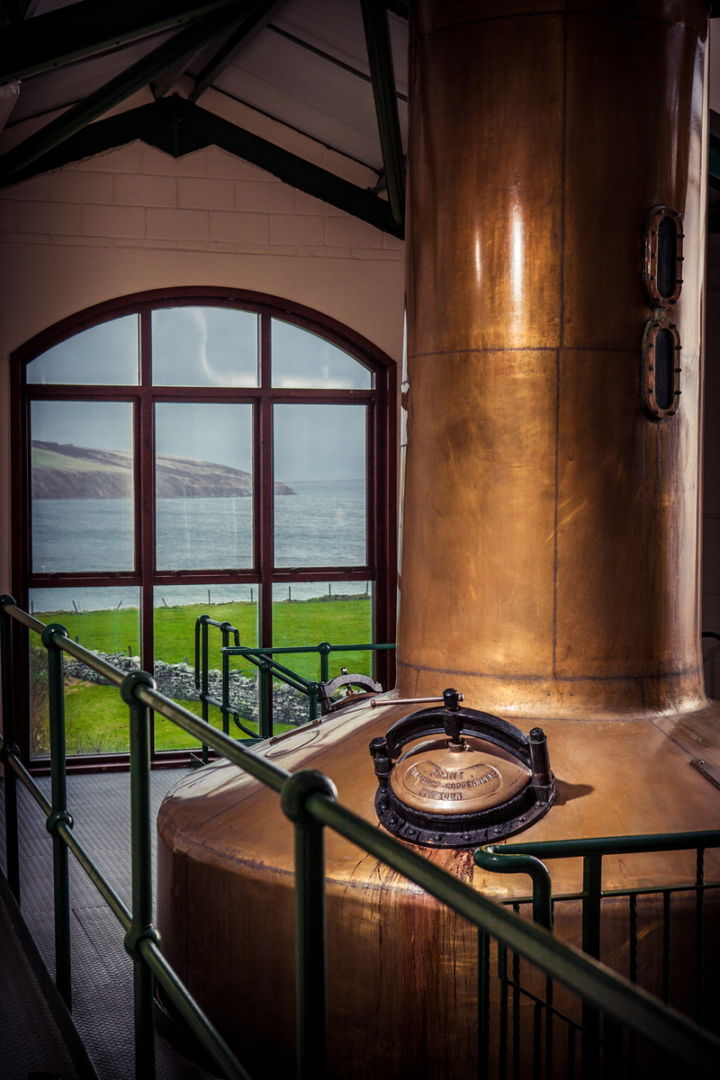
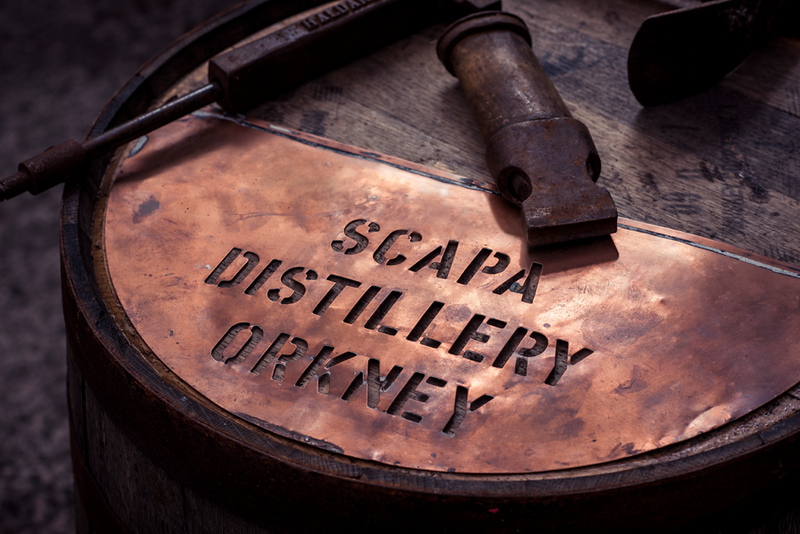
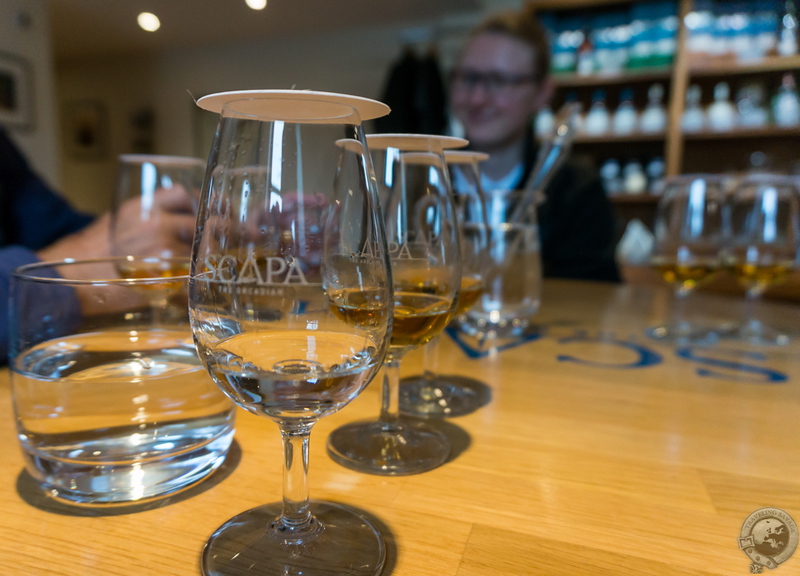
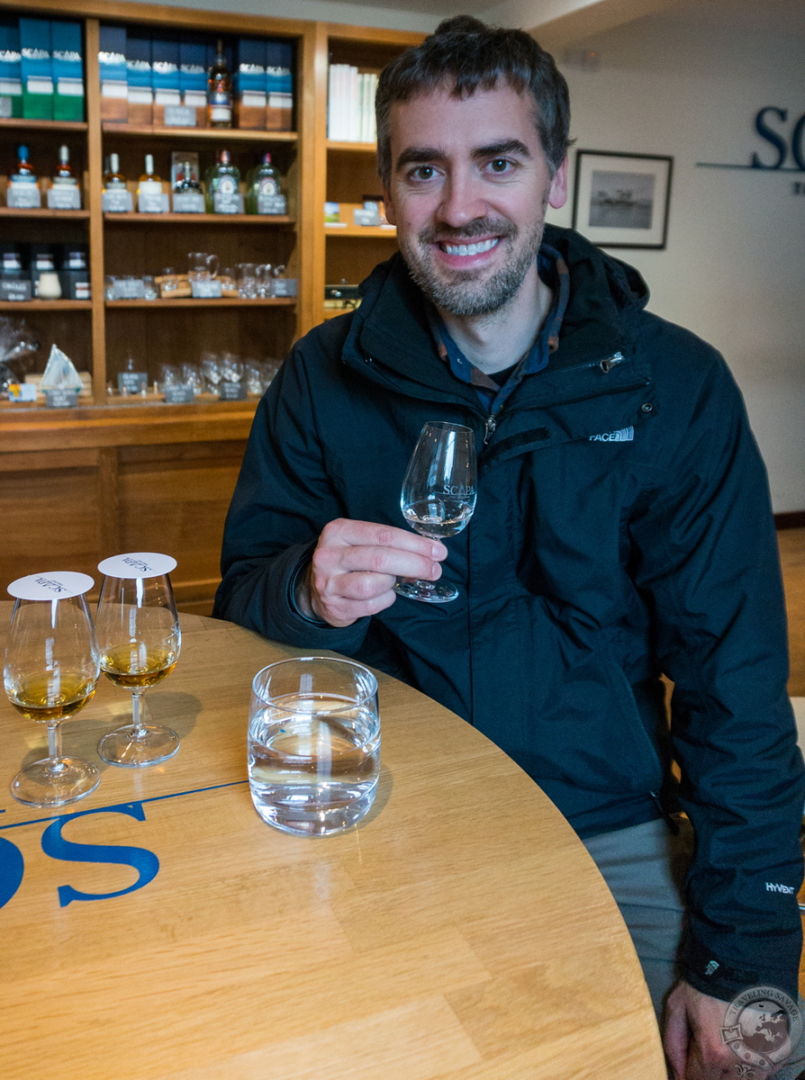
Hi Keith,
I was happy to see your review of Scapa as it just came on my radar as well. Sounds interesting, I may have to pick up a bottle until I can get over to for a tour!
It’s nice to have such opposites in style on Orkney. If you see the Scapa 16, though, I’d jump on it if you like lighter drams.
Hi Keith,
The Scapa Skiren sounds intriguing to me, as I tend to like a touch of sweet. I’ve never heard much on this distillery, so thank you for the post.
We’re Highland Park fans, and that was the only distillery we toured on our trip (we were able to take loads of pictures), though we stopped in at Deanston for lunch and a nip. If I get the chance, I’ll try the Scapa Skiren.
Thanks and Cheers!
Give it a shot, Joanie. Sounds like it’s right in your wheelhouse.